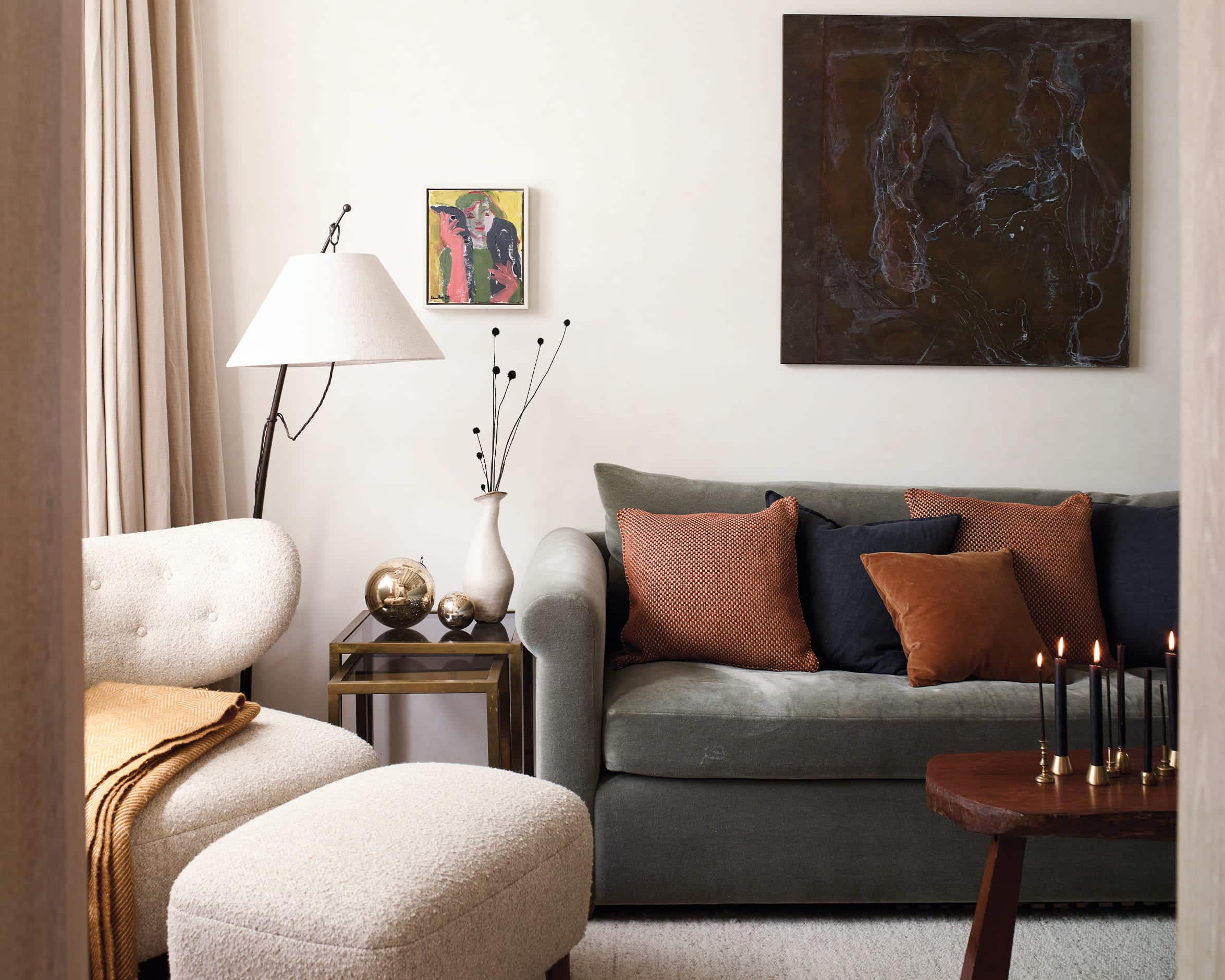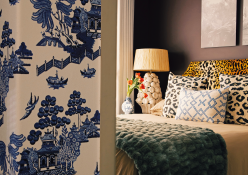Expand your sanctuary into a haven of dreams through various elements that invoke the senses
The art of creating a warm, ambient atmosphere at home is all about making the most of the senses to invite relaxation. Your home is a space that should wrap you in comfort and serenity to make you feel at ease — especially in the winter months. Whether through lighting, scent, sound, or texture —the right elements can transform a space, creating a sense of depth, warmth and personality. Here are a few ways to bring ambience in abundance into your home:
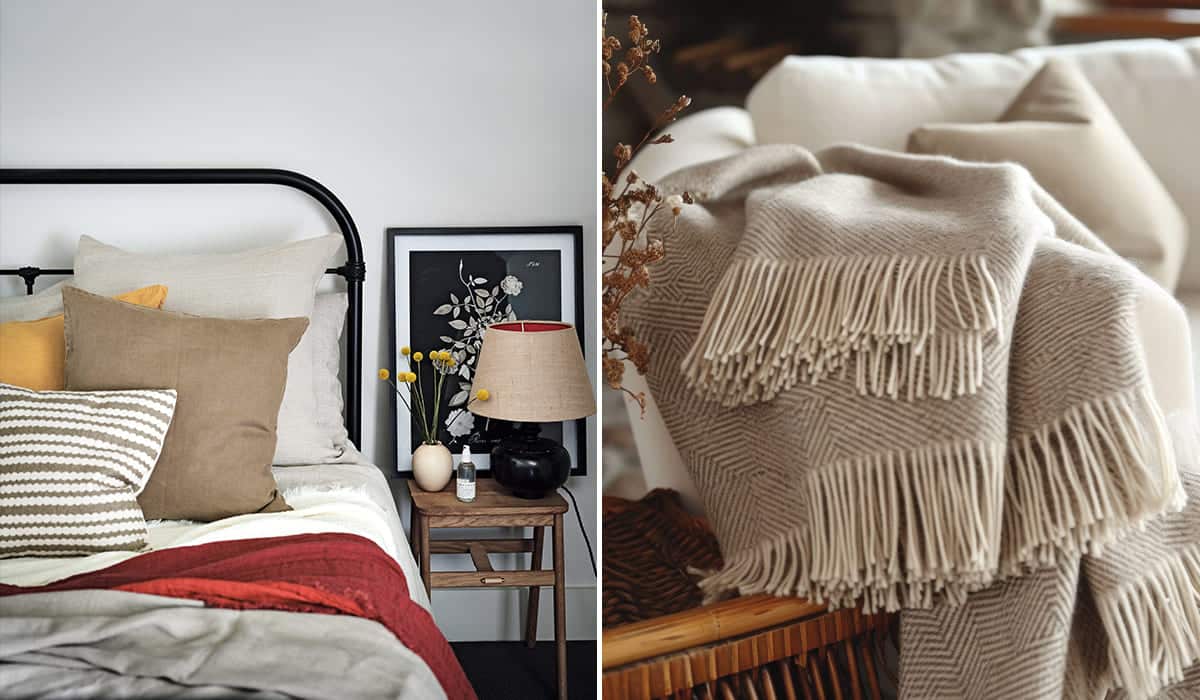
Tonal textures
Textiles and fabrics ultimately define how a space feels — not just visually but physically. Plush throws, layered rugs and soft upholstery bring warmth, absorb sound and create a cocooning effect that makes a home feel like a retreat. A chunky knit throw draped over a sofa or a thick wool or cashmere blanket at the foot of the bed offers an extra layer of comfort on colder nights, while layering rugs add texture and depth underfoot to create a comfortable and cosy environment.
Curtains and upholstery such as heavy linen or velvet drapes not only frame windows beautifully but also help insulate a space, keeping warmth in during winter and blocking harsh sunlight in summer. Upholstered furniture in rich textures such as velvet or bouclé enhances the tactile experience of a room, creating a luxe element that is also inviting.
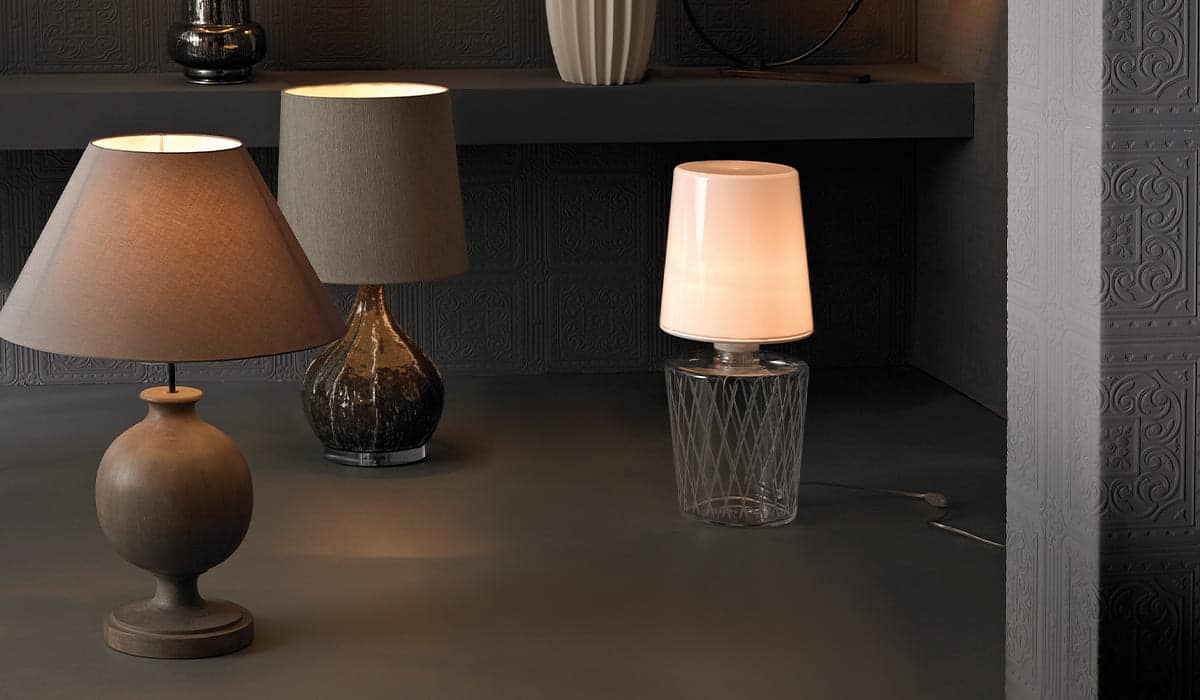
Layering your lighting
A well-designed lighting scheme is not just about visibility — it shapes the atmosphere, influences the mood and enhances the spatial experience. Instead of relying solely on overhead lights or one bright ceiling fixture, incorporating softer lighting with warm bulbs, wall sconces and dimmable fixtures creates an interplay of shadows and highlights that makes a room feel intimate and cosy, while highlighting architectural features such as art or decor at the same time. The key to effective, moody lighting is variation in height and direction.
Combining warm ceiling lights with floor lamps and table lamps on side tables or consoles provides a soft, focused glow while wall sconces add depth by casting gentle light upward or downward. “Lamps in different heights and different tones are essential,” says Lily Helps, freelance interior designer and art director based in Barcelona. “Don’t opt for white bulbs. Instead, choose orange bulbs if you don’t have an orange lamp, which are amazing in darker corners to create a moody, warm environment.” Thoughtfully layered lighting not only amplifies a room’s aesthetic but also contributes to emotional well-being, promoting relaxation to make a space feel more intimate and inviting.
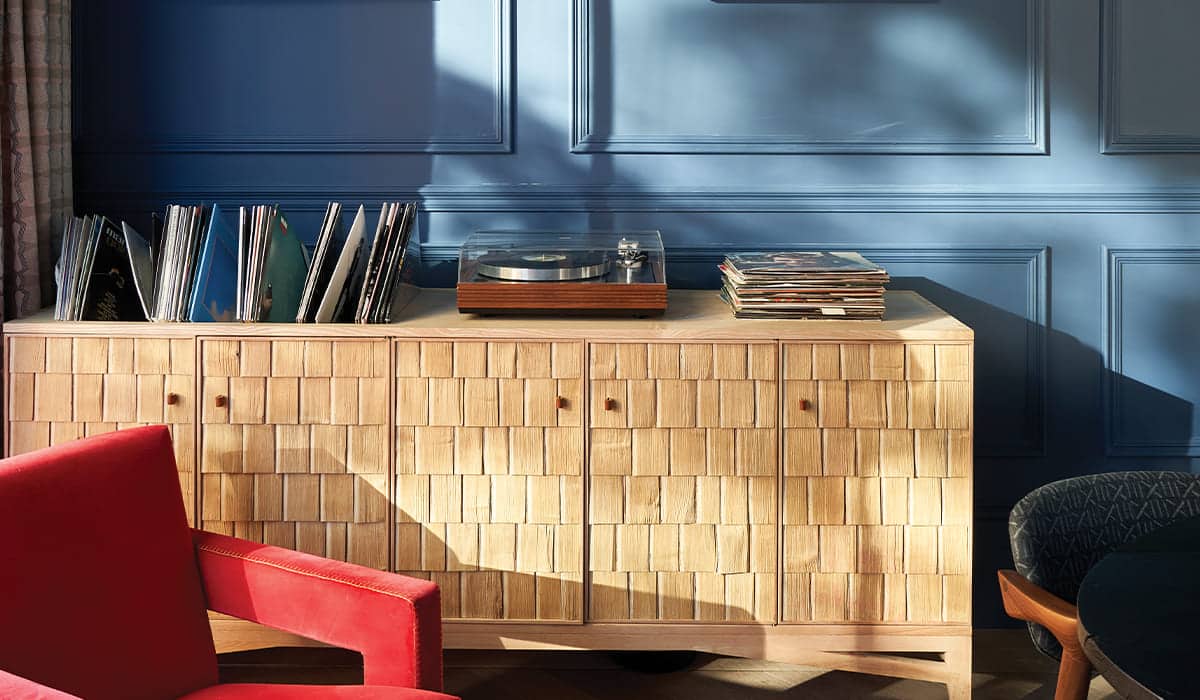
Curate a soundscape
Just as scent and lighting can transform a room’s ambience, a carefully curated soundscape can bring a calming energy to your home. For instance, the gentle crackling of firewood and its rhythmic pops and hisses of burning embers are tied to the feeling of warmth and being wrapped in a soft blanket — elevating the tactile comfort of a space. Beyond elemental sounds, music plays a critical role in setting the tone of a room. Ambient playlists are de rigueur nowadays, featuring sounds that emphasise timbre and texture over melody or rhythm.
Whether you opt for a soundscape inspired by nature (such as rain, ocean waves or rustling leaves) to bring a meditative quality, or classical strings and jazz to create a subdued and sophisticated environment, sounds create an immersive, multi-sensory atmosphere that enhances the feeling of comfort, focus or relaxation in your home.
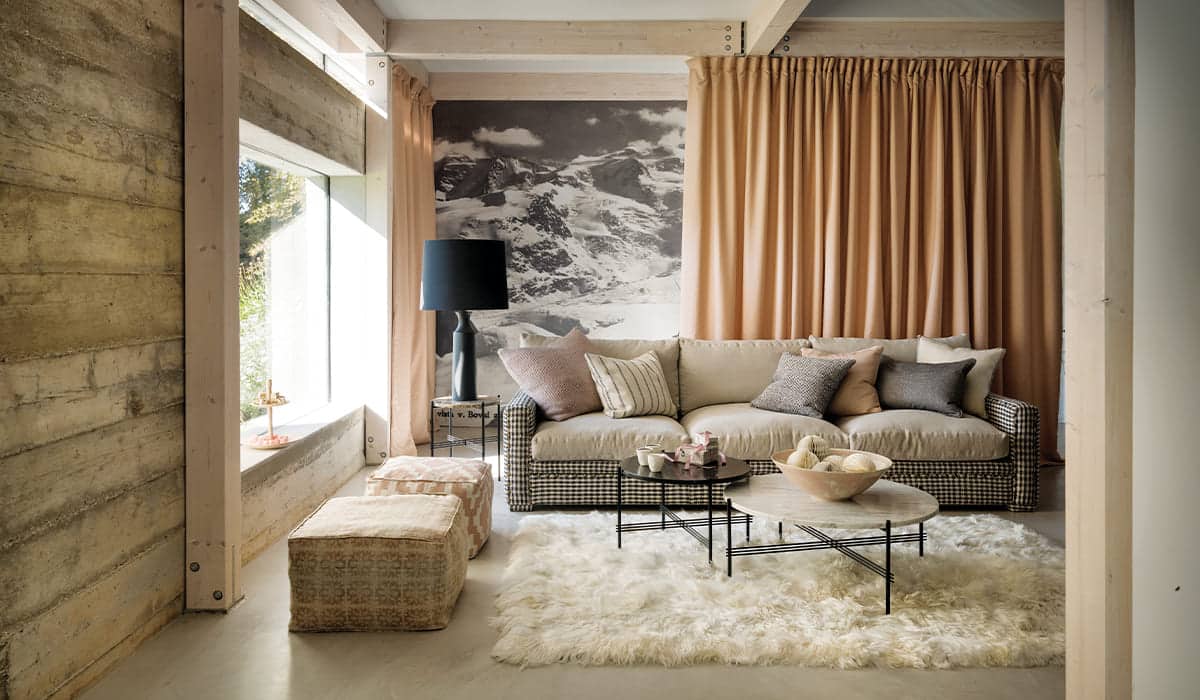
The invisible comforter
Scent plays a crucial yet often underestimated role in interior design, acting as an invisible layer of comfort that can shape the mood and character of a space, much like lighting or texture. Different scents have the power to evoke emotions, trigger memories and create a sense of sanctuary in your home. In colder months, grounding scents such as sandalwood, cedar and amber infuse a room with depth and cosiness, complementing soft textiles and dimmed lighting.

In contrast, during warmer seasons, light and refreshing notes like jasmine, orange blossom or ocean-scented fragrances inspire the feeling of airiness, mirroring the freshness of the outside world. Candles, diff users, essential oils, burners and incense sticks also off er a constant, low-maintenance way to introduce scent, acting as a calming sensory experience that brings a spa-like atmosphere into your home. “Candles and tea lights are always a winner,” adds Lily. “At night, they create a cosy atmosphere that makes your home a warm refuge
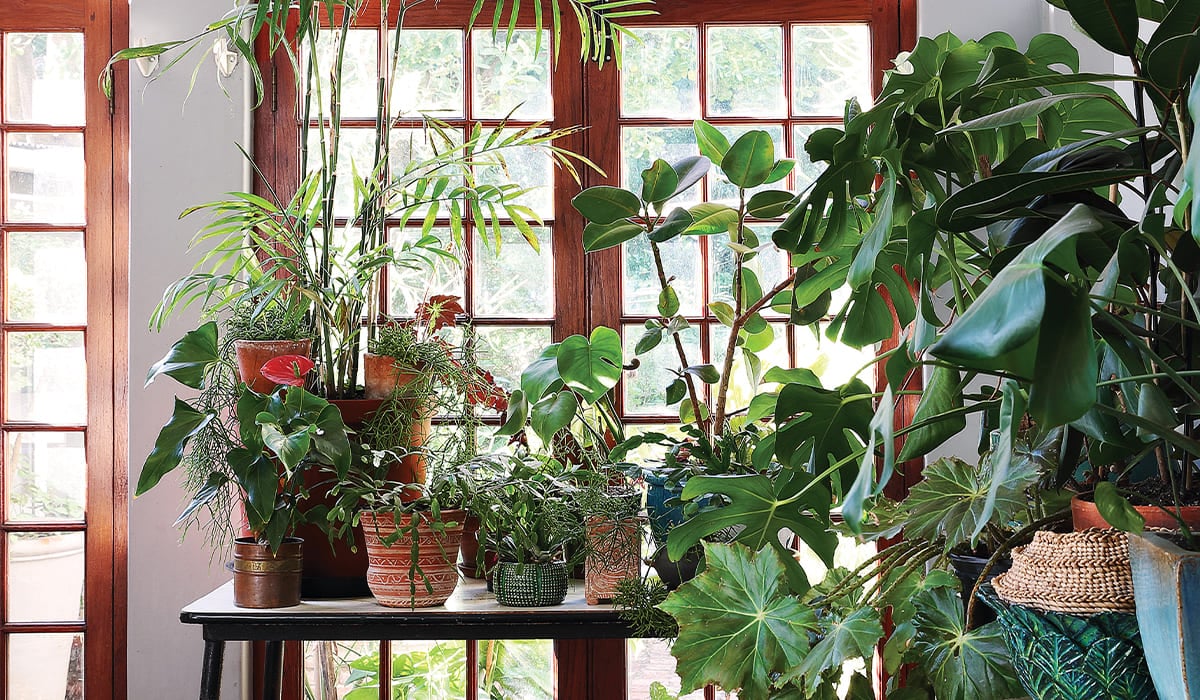
Bring the outside in
Just as the sound of nature can create a sense of grounding and tranquility, bringing in other elements of the outdoors can do the same — anchoring a space physically and visually. Houseplants and fresh flowers bring so much to the ambience of your home. Besides improving air quality and balancing humidity, they bring a sense of calm by reconnecting us to the natural world. From leafy monsteras to delicate ferns, greenery introduces organic movement and flow to a space, softening hard edges and making interiors feel more welcoming.
Beyond plants, incorporating natural materials through wooden elements, whether raw, polished or reclaimed, adds to the warmth and personality of a space. Stone elements, such as marble countertops or terracotta planters, bring an earthy solidity while woven jute baskets, linen textiles and raffia accents introduce tactile richness, creating a layered environment that feels effortlessly connected to nature. By blending greenery with organic materials, your home will feel more lived-in and less clinical.
By: Shai Rama
Photography by: Supplied, Adobe stock images, Future content hub, Bureaux
Text courtesy of Living Space magazine
Also read: How to harness a space that speaks to all 5 senses



